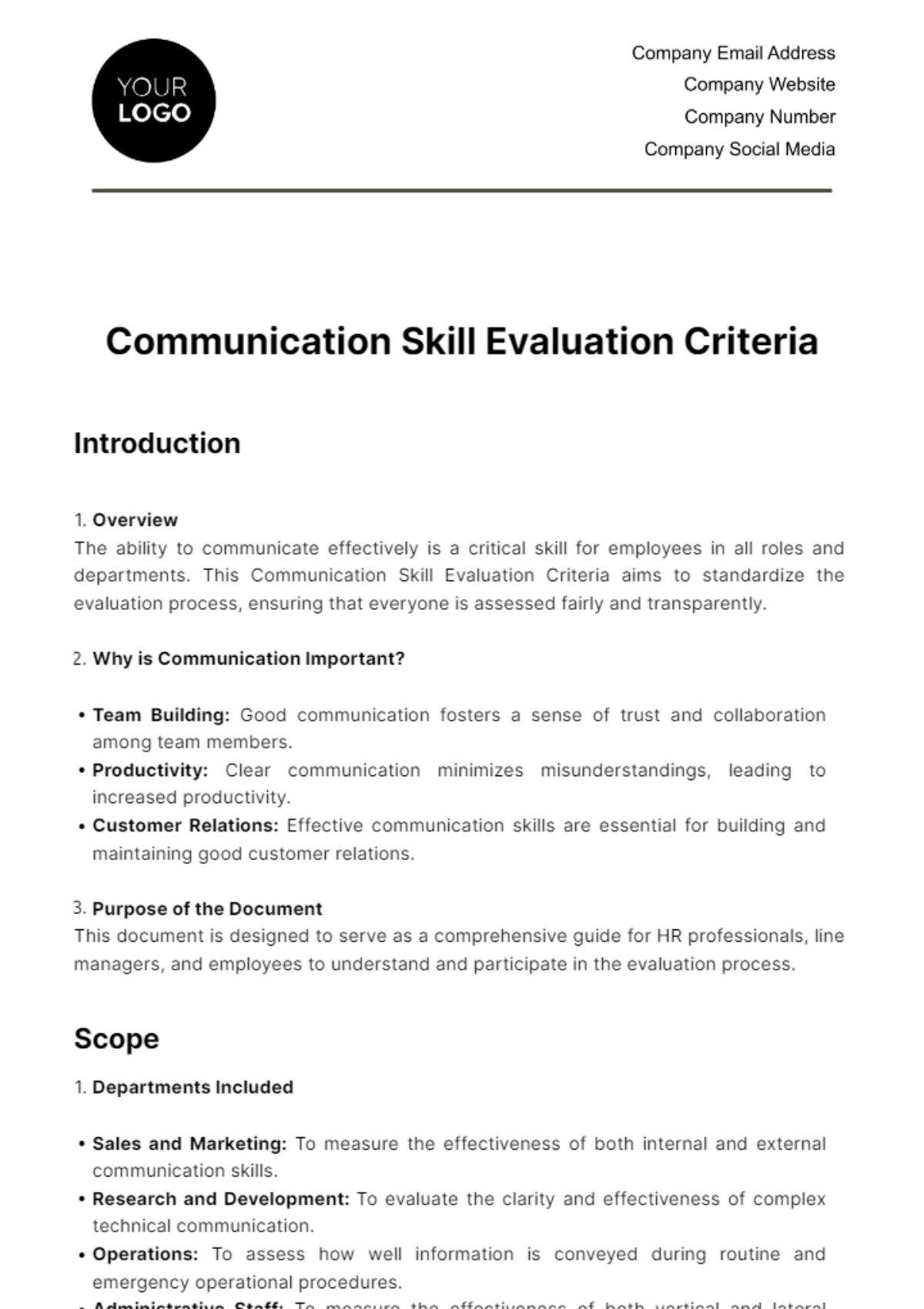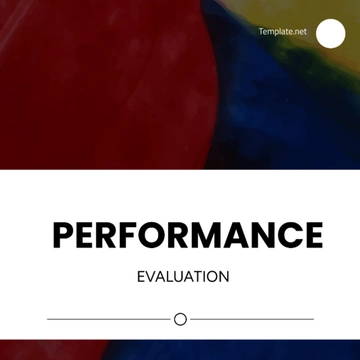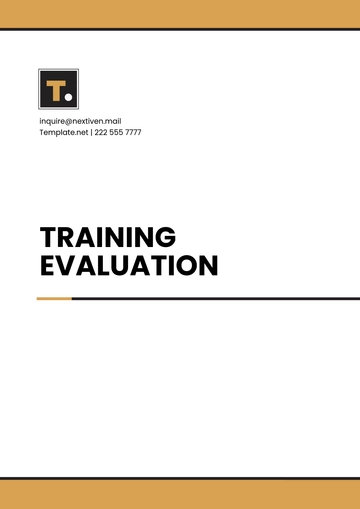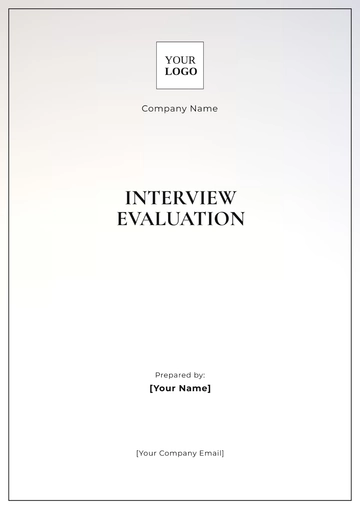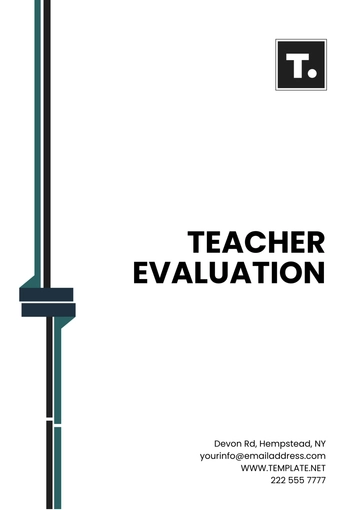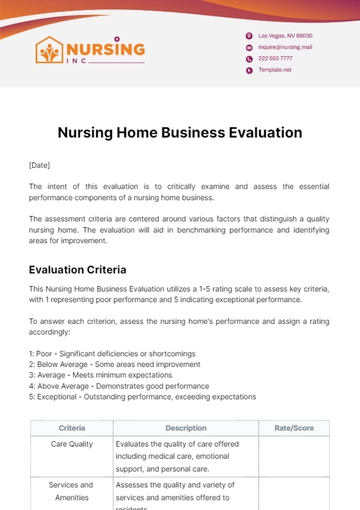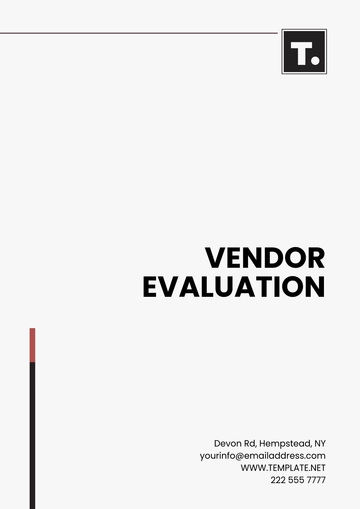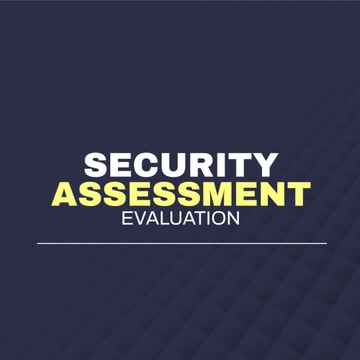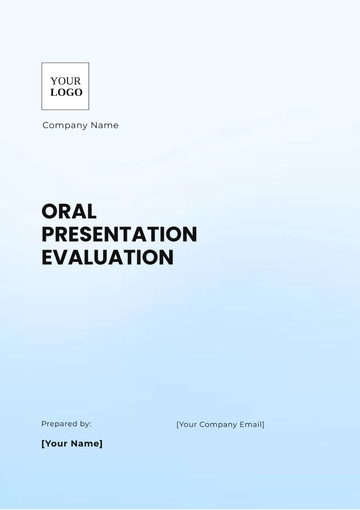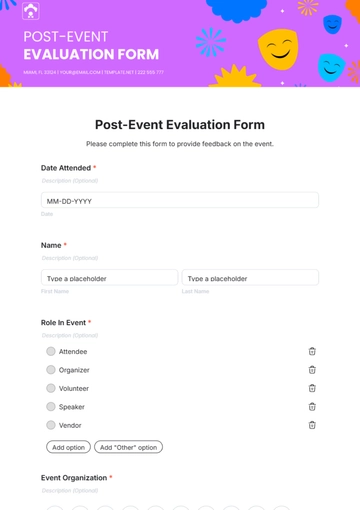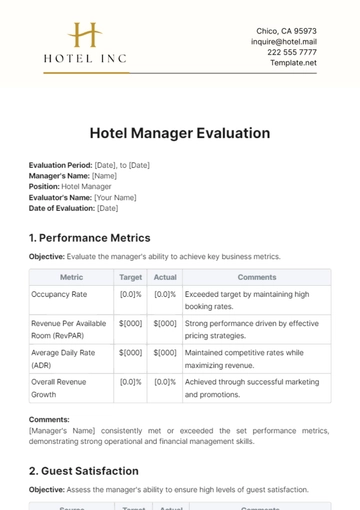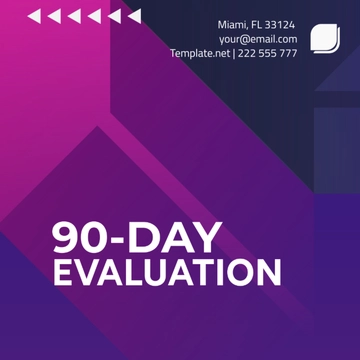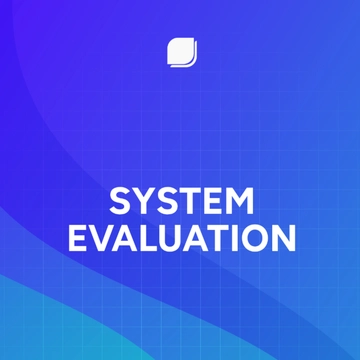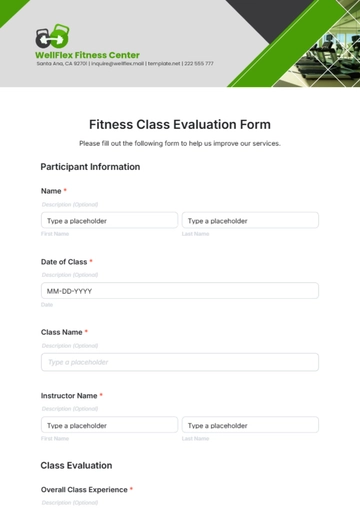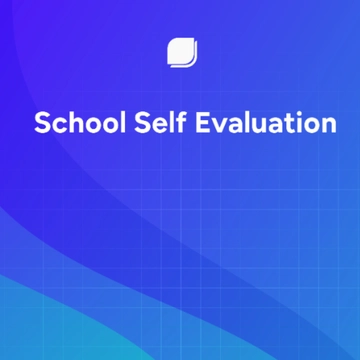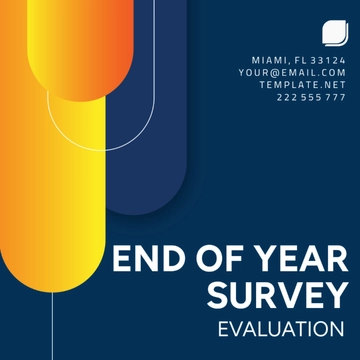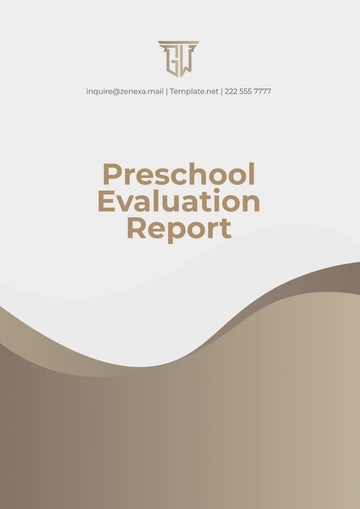Communication Skill Evaluation Criteria
Introduction
Overview
The ability to communicate effectively is a critical skill for employees in all roles and departments. This Communication Skill Evaluation Criteria aims to standardize the evaluation process, ensuring that everyone is assessed fairly and transparently.
Why is Communication Important?
Team Building: Good communication fosters a sense of trust and collaboration among team members.
Productivity: Clear communication minimizes misunderstandings, leading to increased productivity.
Customer Relations: Effective communication skills are essential for building and maintaining good customer relations.
Purpose of the Document
This document is designed to serve as a comprehensive guide for HR professionals, line managers, and employees to understand and participate in the evaluation process.
Scope
Departments Included
Sales and Marketing: To measure the effectiveness of both internal and external communication skills.
Research and Development: To evaluate the clarity and effectiveness of complex technical communication.
Operations: To assess how well information is conveyed during routine and emergency operational procedures.
Administrative Staff: To measure the effectiveness of both vertical and lateral communication within the organization.
Exclusions
While the scope is broad, it doesn't encompass everyone. Specifically, it does not apply to:
Contract employees: Their evaluation may be subject to the terms specified in their individual contracts.
Interns: As they are generally in the organization for a limited period, a separate, more focused evaluation may be more appropriate.
Objectives
Primary Goals
The core aim is to gauge the level of communication proficiency across the board. From verbal and written to non-verbal and interpersonal skills, these criteria aim to identify both strengths and weaknesses in the company’s current communication landscape.
Specific Outcomes
Create a Baseline for Communication Skills: This will help in determining the level of competence across the board and identifying the average proficiency level in the organization.
Identify High-Performers for Potential Leadership Roles: Good communicators often make good leaders. Identifying these individuals early can help in success in planning.
Highlight Areas Requiring Targeted Training Programs: Specific weaknesses may be systemic and might require targeted training programs. For example, if the evaluation identifies that written communication across departments is less than optimal, a comprehensive writing workshop can be implemented.
Key Definitions
Term | Definition |
Verbal Communication | Oral exchange of information |
Written Communication | Communication through written text |
Non-verbal Communication | Use of body language, facial expressions, etc |
Interpersonal Skills | Ability to communicate and work effectively with others |
Evaluation Methodology
Components
Method | Description |
Self-assessment | Employees rate themselves. |
Peer Review | Colleagues provide evaluations. |
Managerial Assessment | Supervisors rate employees. |
Customer Feedback | If applicable, customer assessments |
Performance Data | Analyzing written reports, email correspondence, etc. |
Data Sources
Employee self-assessment forms
Peer review feedback
Managerial assessment forms
Customer feedback (if applicable)
Internal communication records
Criteria for Communication Skill Evaluation
Verbal Communication
Criteria | Description |
Clarity | How clear is the individual in conveying messages? |
Articulation | How well does the individual use words? |
Listening Skills | How well does the individual listen and understand? |
Response Time | How quickly does the individual respond? |
Written Communication
Criteria | Description |
Grammar and Punctuation | Quality of writing in terms of grammar and punctuation. |
Clarity and Conciseness | How easily can the message be understood? |
Formality Level | Appropriateness of language for the setting. |
Tone and Style | How the writing makes the reader feel. |
Non-verbal Communication
Criteria | Description |
Eye Contact | How frequently and appropriately is it used? |
Body Language | What does the individual's posture, movements convey? |
Facial Expression | What emotions or thoughts are conveyed? |
Gesture | Are hand movements aiding in communication? |
Interpersonal Skills
Criteria | Description |
Empathy | Understanding and sharing the feelings of others. |
Cooperation | Ability to work well with colleagues. |
Conflict Resolution | Ability to resolve disputes. |
Teamwork | How well does the individual work in a team? |
Rating Scale
Scale | Rating |
Excellent | 5 |
Good | 4 |
Average | 3 |
Below Average | 2 |
Poor | 1 |
Evaluation Process
Steps
In-depth Explanation
Initial Briefing: Detailed meetings with all stakeholders to explain the purpose and process.
Data Collection: Collect data using multiple methods like surveys, peer reviews, managerial assessments, etc.
Analysis: Use a weighted scoring system to evaluate.
Review: Share the scores with supervisors for review and validation.
Feedback and Training: Provide a detailed report to the employees and offer training or reassignments as necessary.
Timeline
Milestone | Sample Date |
Initial Briefing | January 1, 2051 |
| |
| |
| |
Documentation
All evaluations should be documented and stored securely for future reference.
Save all forms in a centralized repository.
Ensure access is restricted to authorized personnel.
Maintain backups for at least five years.
Review and Updates
This document will be reviewed annually and updated as necessary.
HR Templates @ Template.Net
